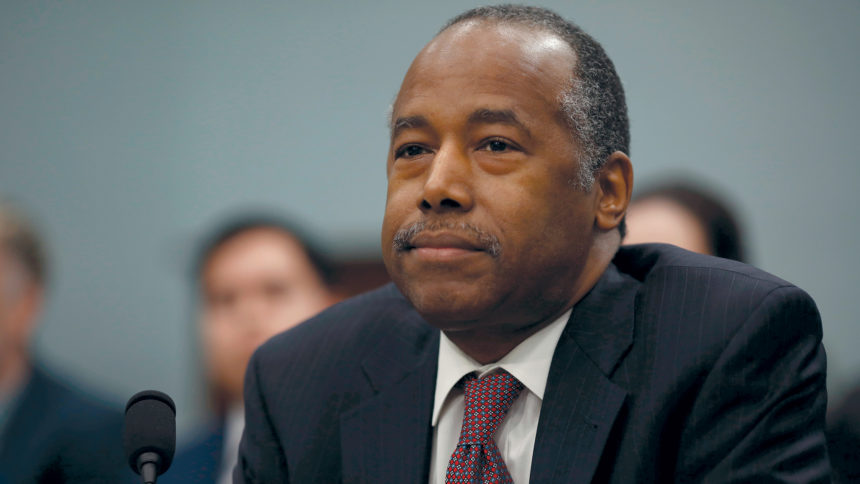
When Rosewood Care Centers collapsed, its default on $146 million in mortgages became the biggest loss in the history of a HUD loan-guarantee program for nursing homes.
A 60-year-old Department of Housing and Urban Development program insures some 15% of U.S. nursing homes, helping owners drive down lending rates from private banks.
While HUD officials told the New York Times that Rosewood’s demise was an “outlier,” the newspaper outlined a lack of record keeping and oversight that caused some to worry about the future of the overall program.
It now guarantees $20 billion in mortgages for more than 2,300 nursing homes, the Times said.
Ohio has the most HUD-supported borrowers at 221, followed by Texas at 192 and Illinois at 191. The 180 New York HUD-backed facilities, however, owe the most money at $2.8 billion, according to HUD’s Office of the Inspector General. Now, not only Rosewood’s owner but also the entire HUD program has been cast in a negative light, and its future is uncertain.
Between 1995 and 2018, multiple government watchdogs questioned the program’s ability to monitor the financial health of program participants.
Rosewood’s owners never filed required financial statements, authorities said.
Investor Rabbi Zvi Feiner purchased Rosewood and its 13 nursing and assisted living facilities in late 2013. He has since been sued in connection with Rosewood and other investments, with vendor plaintiffs going after debts and investors claiming misappropriation.
Last August, Rosewood defaulted on its mortgages. HUD paid off the loans but also went to court and won receivership for the properties in Illinois and Missouri. The agency now plans to auction them off. Officials estimate they have dropped in value to $95 million.




